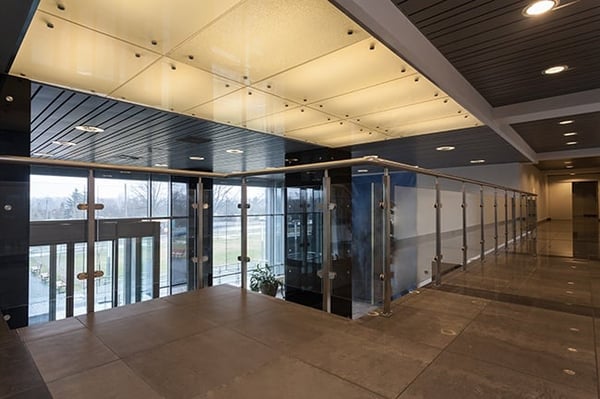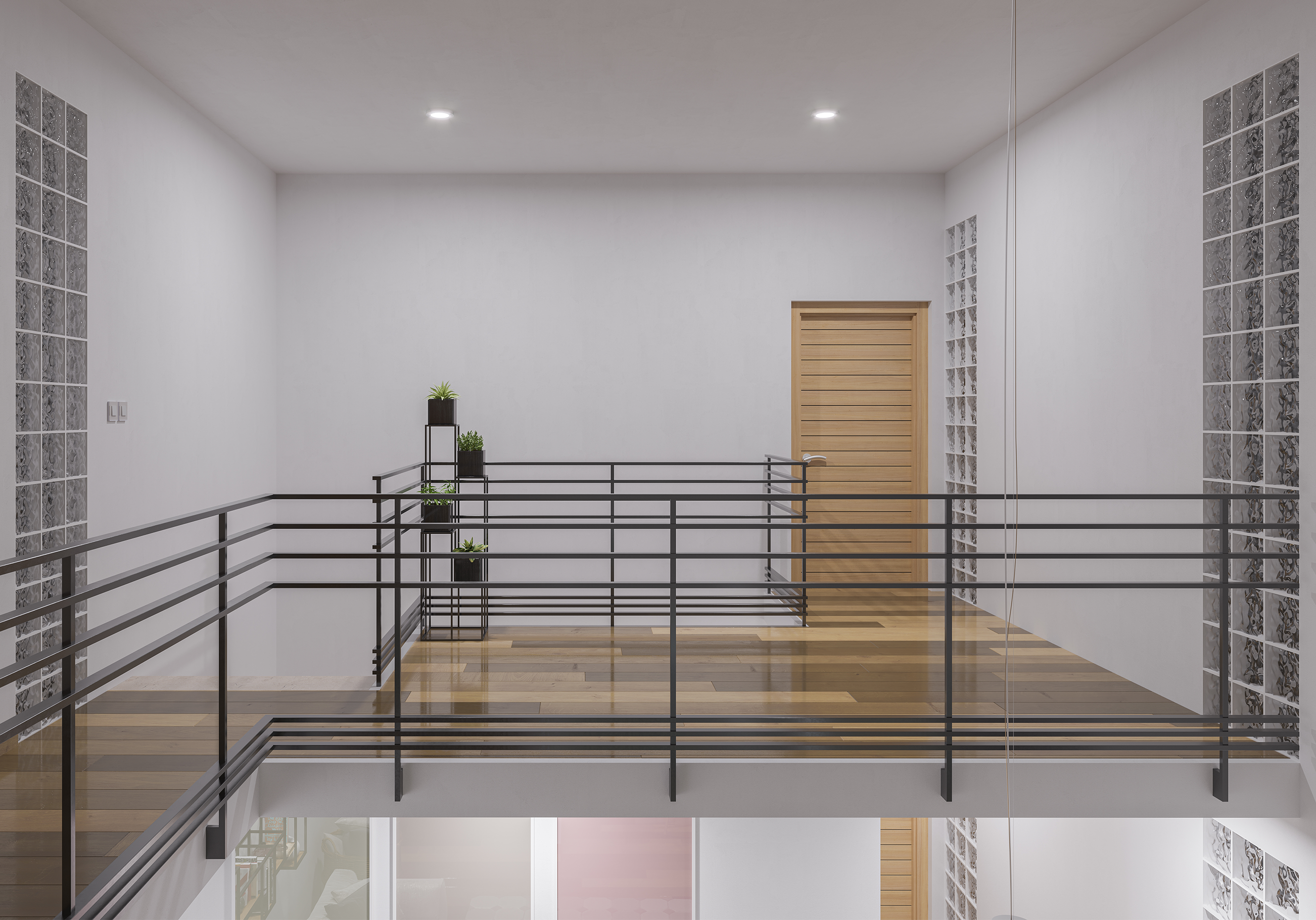Some architectural terms — like lobby and foyer or house and home — are different terms for the same thing. But the same can’t be said of mezzanine and floor. Yes, there’s a difference, and that difference is important for property insurance purposes.
Mezzanines are found in all types of buildings, from warehouses to offices, churches to manufacturing facilities. They typically are not factored into the building’s total square footage or height when developing loss costs. However, an ornate mezzanine in a church or an office mezzanine in a large warehouse building can affect the value of a building or its reconstruction cost.
Before continuing, be sure to stay informed with similar content by signing up for notifications.
 Whether an area is classified as a mezzanine or a floor can
Whether an area is classified as a mezzanine or a floor can
affect a building’s value or reconstruction costs.
Related:
The Mystery of the Missing 13th Floor
How WSRB defines a mezzanine
When formulating our advisory loss costs, we use specific criteria to determine whether an area is a mezzanine or a floor. That specificity ensures loss costs are useful to you because it gives you clarity about the risk you’re considering insuring. The criteria we use are in the WSRB ratings schedule, and they are:
- A mezzanine is a partial floor with an area 25% or less of the floor it is located on.
- Other construction features — such as whether the area in question is a balcony or a closed-in area — do not play a role in determining if the area is a mezzanine.
- If the area in question has a different roof line from the floor below, it is considered a separate floor, not a mezzanine, regardless of the floor area.
The details of this definition are important to understand for property insurers. From an insurance rating perspective, mezzanines are treated the same way as other minor construction features. The area is not included in determining the building’s total area or height, but the presence of a combustible mezzanine can affect the insurance rating calculations.
Building owners and their tenants may place more importance on the mezzanine because they can rent out the space, because it contains valuable property or equipment, or creates a more pleasant layout, even if it is only a small portion of the building. Those benefits of a mezzanine aren’t relevant from an insurance perspective, though.
If, based on the criteria above, the area is classified as a floor, the area would be factored into the building’s total square footage and height when developing loss costs.
How to determine whether a building has a mezzanine or floor
It’s easy to determine whether a risk in Washington state has a mezzanine or floor: order a WSRB commercial property inspection. Inspections are included with your WSRB Subscription and are easy to request. Simply log in and go to the Inspection tab. For detailed instructions on how to order an inspection, see our Help Center article.
If you are not a Subscriber and want to learn more, click here.










